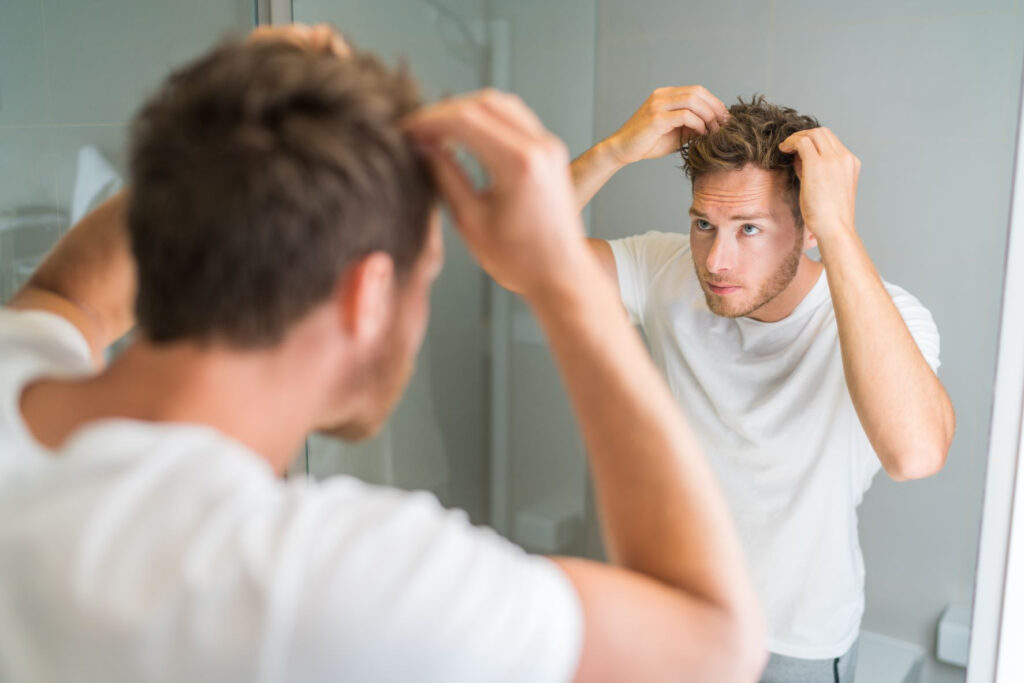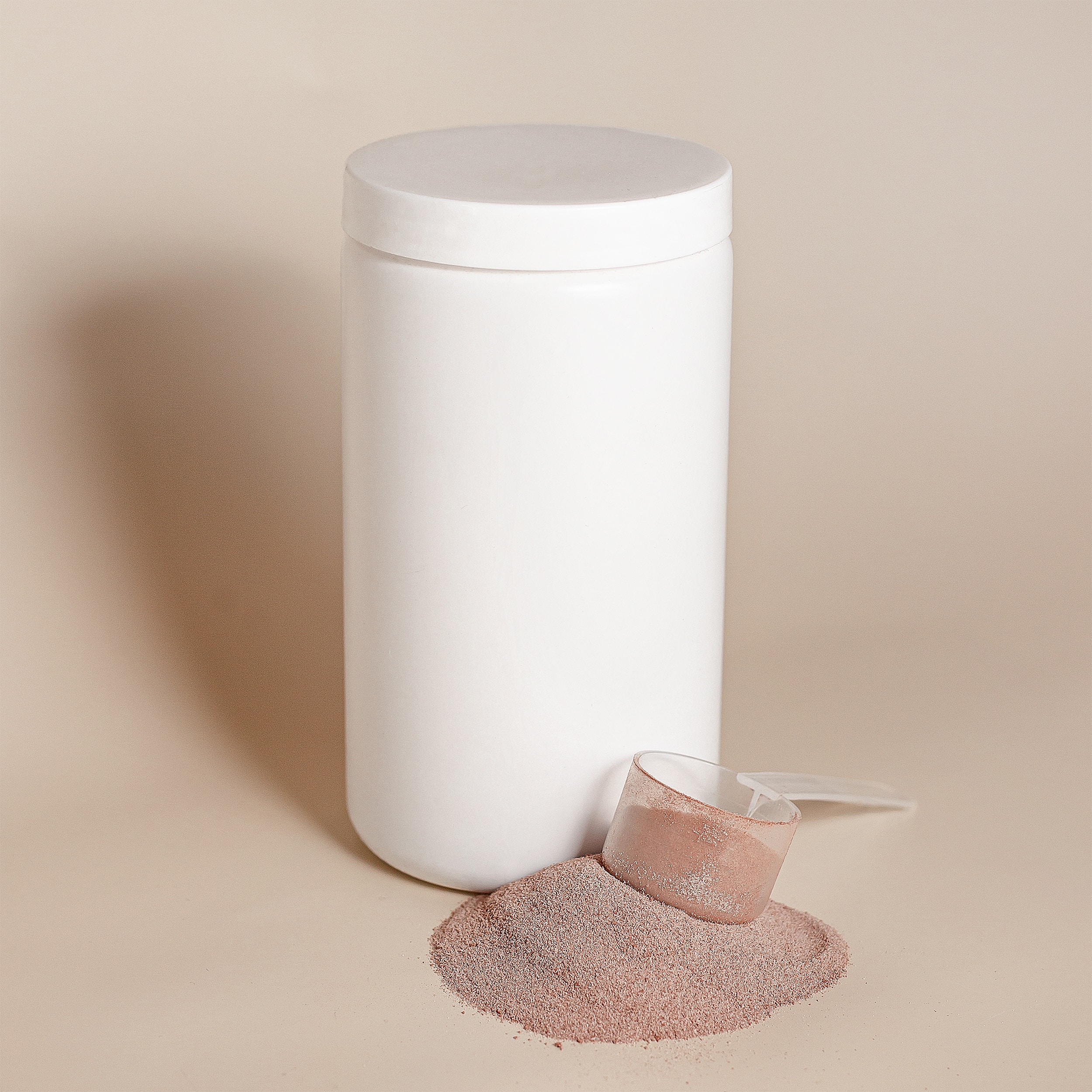
Everything you need to know about scalp micropigmentation
28th July 2021
We understand that surgery sometimes isn’t the right option for those wanting to restore their hairline – in some cases, it simply isn’t a viable option due to a lack of donor hair (i.e., hair that can be taken from another area of the body).
Fortunately, however, there are many other innovative procedures and treatments available – one of those being scalp micropigmentation or SMP.
What is scalp micropigmentation?
Scalp micropigmentation is a semi-permanent, non-surgical hair loss treatment that involves pigment being applied to the epidermal layer (the outermost layer) of the scalp using a digitally controlled, custom-designed needle.
How does it work for hair loss?
The pigment is deposited in such a way that it replicates the look of shaven real hair follicles, adding density to give the illusion of a full head of hair or creating the appearance of a closely shaved head.
Results are immediate although, in most cases, multiple sessions are required to achieve optimal results. Each session usually takes around two to four hours.
Who is the ideal candidate for the procedure?
From alopecia to male pattern baldness, scalp micropigmentation is suitable for both men and women suffering from any type of hair loss. It can be used to camouflage visible scalp in thinning hair, and not just serve the fully shaven look you see in promotions. Scalp micropigmentation can also be used effectively to cover scars from hair transplant surgery, accidents or operations.
How long does it last?
Scalp micropigmentation isn’t a permanent solution and will fade over time. You can expect to be maintenance-free for around one to four years afterwards. After the colour has faded, individuals can undergo a touch-up procedure to restore the original look.
Does it hurt?
Depending on the size of the area to be treated, most people do not feel the need to have a local aesthetic. As with any medical procedure, discomfort very much depends on the individual and their tolerance to pain, so a local anaesthetic can be administered if preferred.
What are the post-treatment considerations?
In most cases, you should receive a detailed aftercare plan following the procedure. This will include guidelines such as avoiding exercise for five days and avoiding swimming, the sauna and steam room for 28 days.
Most people can return to work straight away, yet some prefer to wait a couple of days before going back. In most cases, hats or headwear can be worn if the individual feels like they need to.
If you have concerns about hair loss and would like to speak to one of our team, feel free to book a consultation, where we’ll be happy to answer any questions that you have.


